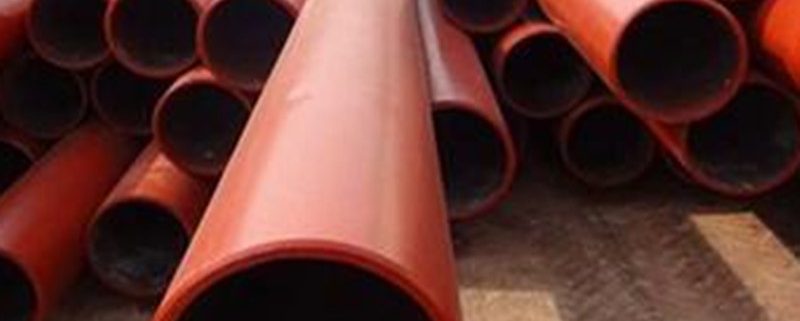Three minutes to understand the process of wear-resistant ceramic construction and the precautions of the construction process
General wear-resistant products are mainly used in severely worn industries such as thermal power, steel, smelting, machinery, coal, mining, chemicals, ports and docks; they can be installed in thermal power plants from small units of 50,000 kilowatts to large units of 1 million kilowatts. It can be installed and used in its coal conveying, pulverizing, ash discharge, and dust removal systems; it can also be installed and used in the conveying, batching, and dust removal systems of the sintering branch of steel plants and smelters. Construction work is divided into: adhesive type, direct adhesive type, impact resistance type, cement type, assembly type, heat-resistant adhesive type, cold-resistant adhesive type, wear-resistant ceramic liner and lining. It can be used for wear-resistant ceramic pipes such as wear-resistant elbows, wear-resistant straight pipes, wear-resistant tee, wear-resistant special-shaped pipe fittings, etc.
During the operation of the equipment, due to the constant friction, corrosion, collision, and impact of the hard medium, the system is extremely prone to leakage, causing environmental pollution. Therefore, various manufacturers pay more attention to the construction of wear-resistant ceramics and have high requirements.
Equipment anti-wear is a systematic project. Different manufacturers adopt different construction methods, and the results will be very different. At present, the construction steps of our wear-resistant ceramics are generally to repair and polish the equipment, and then mix and apply glue. Gluing, pasting, curing, special products also need welding and other work. These seemingly simple tasks are not so easy to implement. This is a careful, experienced, and time-consuming job that cannot be done by a makeshift team. Unfortunately, some users attach great importance to the selection of wear-resistant ceramics and viscose, but ignore the control of the construction of wear-resistant ceramics. In order to save costs, some manufacturers often set up temporary construction teams in the local area. These temporary construction teams are difficult to control in terms of operation technology and sense of responsibility. As a result, the expensive wear-resistant ceramics quickly fall off and fail to achieve the expected prevention. Grinding effect.
How to avoid the wear-resistant ceramic sheet falling off during use:
1. Before the wear-resistant ceramic patch is applied to the surface of the steel parts, the steel parts are not properly treated, some are not thoroughly rusted, and some are not smooth. In order to obtain a good construction effect, the steel parts must be pretreated by sandblasting. Wipe with acetone on the surface of steel parts to achieve a certain degreasing and degreasing effect;
2. The ratio of the wear-resistant ceramic glue is wrong, and the ratio of different glues is different. It must be strictly controlled. If the ratio is not suitable, the predetermined viscosity cannot be achieved;
Third, the wear-resistant ceramic glue is not evenly spread, so it is easy to fall off where there is no glue or too little glue. After the construction of the wear-resistant ceramic sheet is completed, use a rubber hammer to gently tap it, and the construction surface should be flat;
4. The working temperature of the wear-resistant ceramic patch must be clarified before construction. The wear-resistant ceramic patch can withstand a high temperature of one thousand degrees. Different temperatures should be selected with different temperature resistance properties, otherwise it is easy to wear with the temperature The phenomenon of ceramic patch falling off;
I suggest you choose an experienced construction team when constructing wear-resistant ceramics. Good wear-resistant ceramic construction can make the effect much better.
Decho is a professional supplier on ceramic wear-resistant pipes , if you have any request , pls feel free to contact us by email [email protected]




